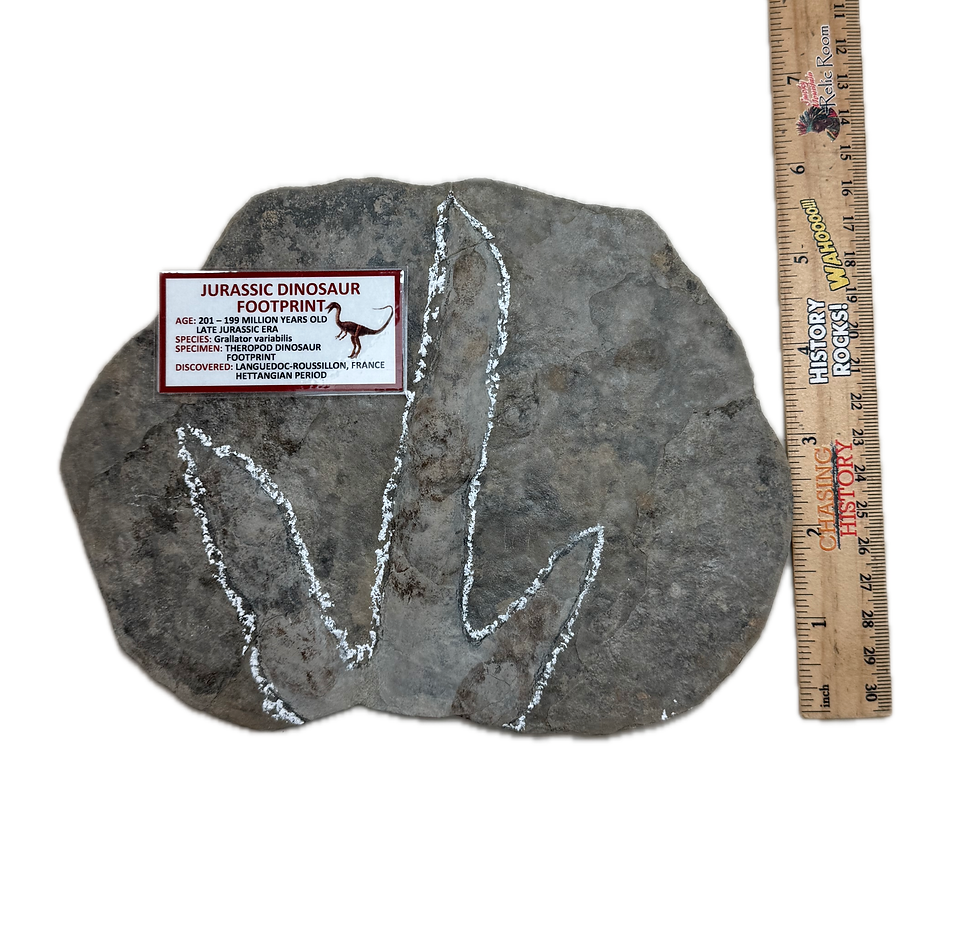Agoudal Meteorite
- Quality display included
- Classification - Stony Iron
- Discovered - Morocco, Africa in 2000
- Notes - Previously known as lmilchil
* According to Moroccan legend, two people from different tribes fell in love but were forbidden to marry. Torn with sadness, they cried to death, and out of thier sorrow two lakes of tears were formed.
Science now shows that the lakes were formed when the Agoudal Meteorite split before impact, creating two holes.
* The Agoudal Meteorite *
This iron meteorite is called “Agoudal” also known as “Imilchil”. It was named after an area in the High Atlas Mountains in Morocco. It is a relatively new discovery. It is mainly composed of iron mixed with nickel. It is classified as an Iron meteorite (IIAB). IIAB meteorites are a group of iron meteorites with a structural classification ranging from hexahedrites to octahedrites. IIABs have the lowest concentration of nickel of all iron meteorite groups .
* What is a Meteorite? *
A meteorite is a solid piece of debris from an object, such as a comet, asteroid, or meteoroid, that originates in outer space and survives its passage through the atmosphere to reach the surface of a planet or moon. When the original object enters the atmosphere, various factors such as friction, pressure, and chemical interactions with the atmospheric gases cause it to heat up and radiate energy. It then becomes a meteor and forms a fireball, also known as a shooting star or falling star; astronomers call the brightest examples "bolides". Once it settles on the larger body's surface, the meteor becomes a meteorite. Meteorites vary greatly in size. For geologists, a bolide is a meteorite large enough to create an impact crater.




















